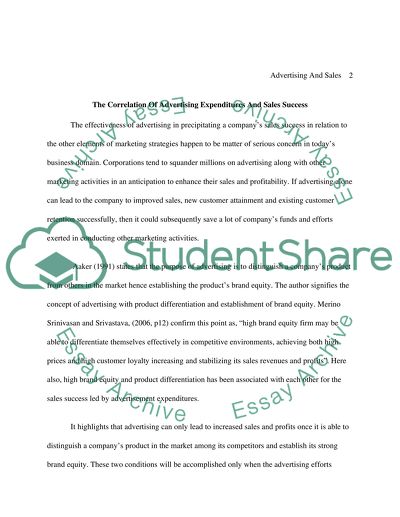Cite this document
(“Marketing Essay Example | Topics and Well Written Essays - 2000 words - 17”, n.d.)
Marketing Essay Example | Topics and Well Written Essays - 2000 words - 17. Retrieved from https://studentshare.org/miscellaneous/1537349-marketing
Marketing Essay Example | Topics and Well Written Essays - 2000 words - 17. Retrieved from https://studentshare.org/miscellaneous/1537349-marketing
(Marketing Essay Example | Topics and Well Written Essays - 2000 Words - 17)
Marketing Essay Example | Topics and Well Written Essays - 2000 Words - 17. https://studentshare.org/miscellaneous/1537349-marketing.
Marketing Essay Example | Topics and Well Written Essays - 2000 Words - 17. https://studentshare.org/miscellaneous/1537349-marketing.
“Marketing Essay Example | Topics and Well Written Essays - 2000 Words - 17”, n.d. https://studentshare.org/miscellaneous/1537349-marketing.


